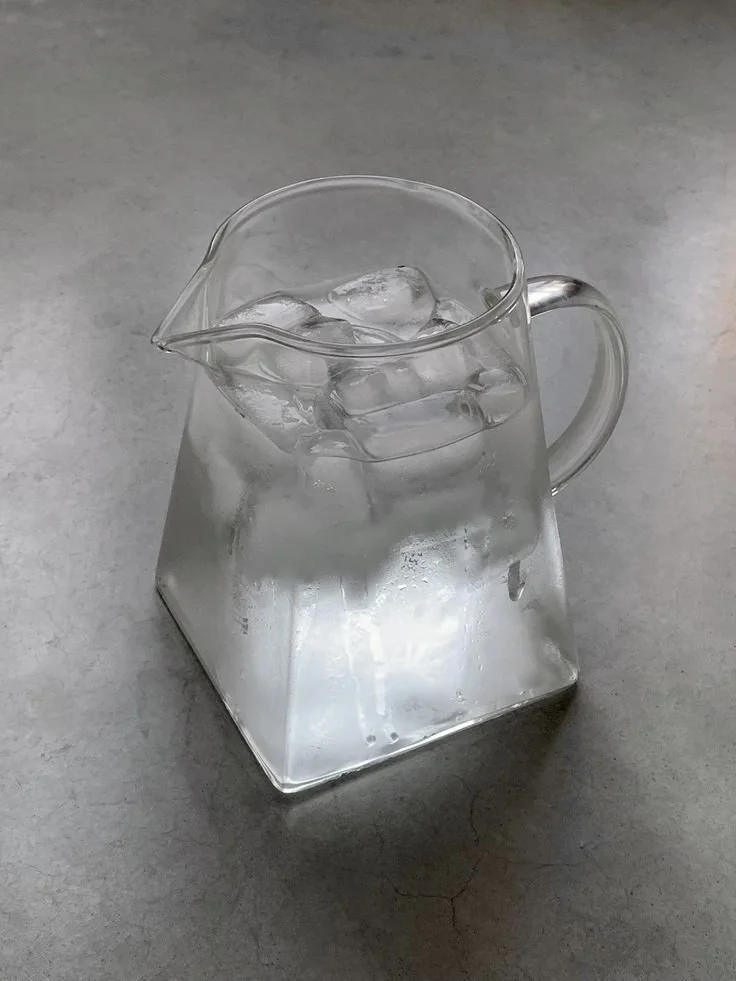The Connection Between Headaches And Dental Health
Headaches are among the most common health complaints, affecting people across all age groups and walks of life. While they are often linked to stress, dehydration, or poor posture, there is a less obvious yet significant connection between headaches and dental health.
Misalignments in the jaw, teeth grinding, and oral infections can all contribute to chronic headaches, underscoring the importance of considering dental health in their diagnosis and treatment. In this article, we delve into the intriguing connection between persistent headaches and overall dental health. By exploring this relationship, we aim to shed light on how oral well-being can significantly impact your quality of life and contribute to headache occurrences.
No. 1
How TMJ Disorders Contribute to Head Pain
The temporomandibular joint (TMJ) plays a vital role in connecting the jawbone to the skull, enabling essential functions like chewing and speaking. When this joint becomes misaligned or inflamed, it can lead to temporomandibular joint disorders (TMD).
One of the hallmark symptoms of TMD is chronic headaches, often characterized by a dull ache near the temples or sharp pain radiating from the jaw.
The causes of TMD are varied and include:
Jaw injuries.
Arthritis.
Prolonged clenching or grinding of teeth.
Poor posture, such as slouching or craning the neck forward, which places undue stress on the TMJ.
Symptoms of TMD often extend beyond headaches, with many individuals reporting jaw popping or clicking, difficulty opening their mouths, or earaches.
Treatment for TMD typically involves a combination of approaches:
Oral splints to realign the jaw.
Physical therapy to strengthen and relax the jaw muscles.
In severe cases, injections or surgery may be required.
Identifying and addressing TMD early can significantly reduce its impact on both dental health and overall quality of life.
No. 2
The Role of Bruxism in Chronic Headaches
Bruxism, characterized by the habitual grinding or clenching of teeth, is a significant cause of tension-related headaches. This condition, often occurring during sleep, exerts excessive pressure on the jaw, teeth, and surrounding muscles, leading to pain that frequently extends to the temples and neck.
Common symptoms of bruxism include:
Jaw stiffness.
Tooth sensitivity.
Visible wear on the enamel.
Over time, the repeated strain caused by bruxism can exacerbate tension in the TMJ, resulting in persistent headaches or migraines.
Bruxism is often linked to stress, anxiety, or sleep disorders, making its management multifaceted.
Dental professionals typically recommend:
Custom-fitted nightguards to protect the teeth and reduce grinding.
Stress management techniques to address underlying causes.
Physical therapy and posture correction to alleviate symptoms.
By addressing bruxism early, individuals can prevent its progression and the associated headaches.
No. 3
The Impact of Malocclusion on Jaw Strain and Headaches
Malocclusion, or the misalignment of the teeth, is another dental issue closely linked to headaches. When the upper and lower teeth fail to align properly, the jaw muscles are forced to overcompensate during basic functions like chewing or speaking. This excessive muscle strain can result in tension headaches that persist over time.
The causes of malocclusion include:
Genetic factors.
Childhood habits like thumb-sucking or prolonged pacifier use.
Left untreated, malocclusion can lead to additional complications, such as:
Speech difficulties.
Uneven tooth wear.
Jaw pain.
Orthodontic treatments, such as braces or clear aligners, can effectively correct malocclusion. These solutions not only improve the alignment of the teeth but also reduce strain on the jaw muscles, alleviating chronic headaches in the process. Regular dental visits are essential for diagnosing and treating bite issues before they lead to long-term discomfort.
Cefaly
Experience relief like never before with Cefaly! Their innovative solutions are designed to help you manage migraines and headaches, so you can live life fully. Discover your path to wellness today!
No. 4
Dental Infections and Systemic Inflammation
Oral infections, particularly those involving the gums or tooth roots, can have far-reaching consequences beyond the mouth. Conditions like periodontal disease or dental abscesses often trigger inflammation, which can spread to surrounding tissues and nerves, causing pain to radiate into the head and neck.
In some cases, these infections may lead to systemic inflammation, further increasing the likelihood of headaches.
Common symptoms of oral infections include:
Swollen or bleeding gums.
Persistent toothache.
Fever.
Without prompt treatment, these infections can progress, causing more severe complications that impact overall health. Dental procedures like root canals, extractions, or deep cleanings are often required to address the root cause of the infection and alleviate associated symptoms.
Preventing oral infections begins with good oral hygiene, including:
Regular brushing and flossing.
Professional dental cleanings.
By maintaining healthy gums and teeth, individuals can reduce their risk of headaches linked to oral health issues.
No. 5
Muscle Tension and Jaw Habits
Habits that place unnecessary strain on the jaw can also contribute to headaches. Resting the chin on the hand, excessive gum chewing, or clenching the jaw during periods of stress can overwork the facial and neck muscles. This tension often manifests as headaches, particularly in individuals who engage in these habits frequently.
Practicing mindful behaviors can help reduce muscle tension and prevent headaches.
For instance:
Maintain a relaxed jaw position—with the lips closed and teeth slightly apart.
Consider physical therapy or massage therapy to target specific areas of tension.
These strategies can provide relief for those with chronic pain caused by jaw-related habits.
No. 6
Seeking Professional Help for Dental-Related Headaches
Chronic headaches that do not respond to conventional treatments warrant a closer look at dental health. Dentists and physicians can work together to identify the underlying causes of persistent head pain using diagnostic tools like:
Dental X-rays.
Bite analysis.
TMJ assessments.
This collaborative approach ensures a comprehensive evaluation of both dental and medical factors contributing to headaches.
Treatment plans often address multiple issues simultaneously. For example, a patient with bruxism and malocclusion may require both a nightguard and orthodontic intervention. By targeting the root causes, individuals can achieve more effective and lasting relief from headaches.
Takeaways
The intricate relationship between dental health and headaches underscores the importance of a holistic approach to wellness. From bruxism to TMJ disorders and malocclusion, various dental issues can significantly impact cranial health.
Addressing these problems not only alleviates headaches but also improves overall oral health and well-being. For those experiencing persistent headaches, exploring the role of dental health can provide valuable insights and lead to effective solutions.
Looking for Wellness Resources?
Are you looking to enhance your wellness routine? Explore our wellness partners who offer a wide range of resources to support your journey toward holistic living and well-being.































